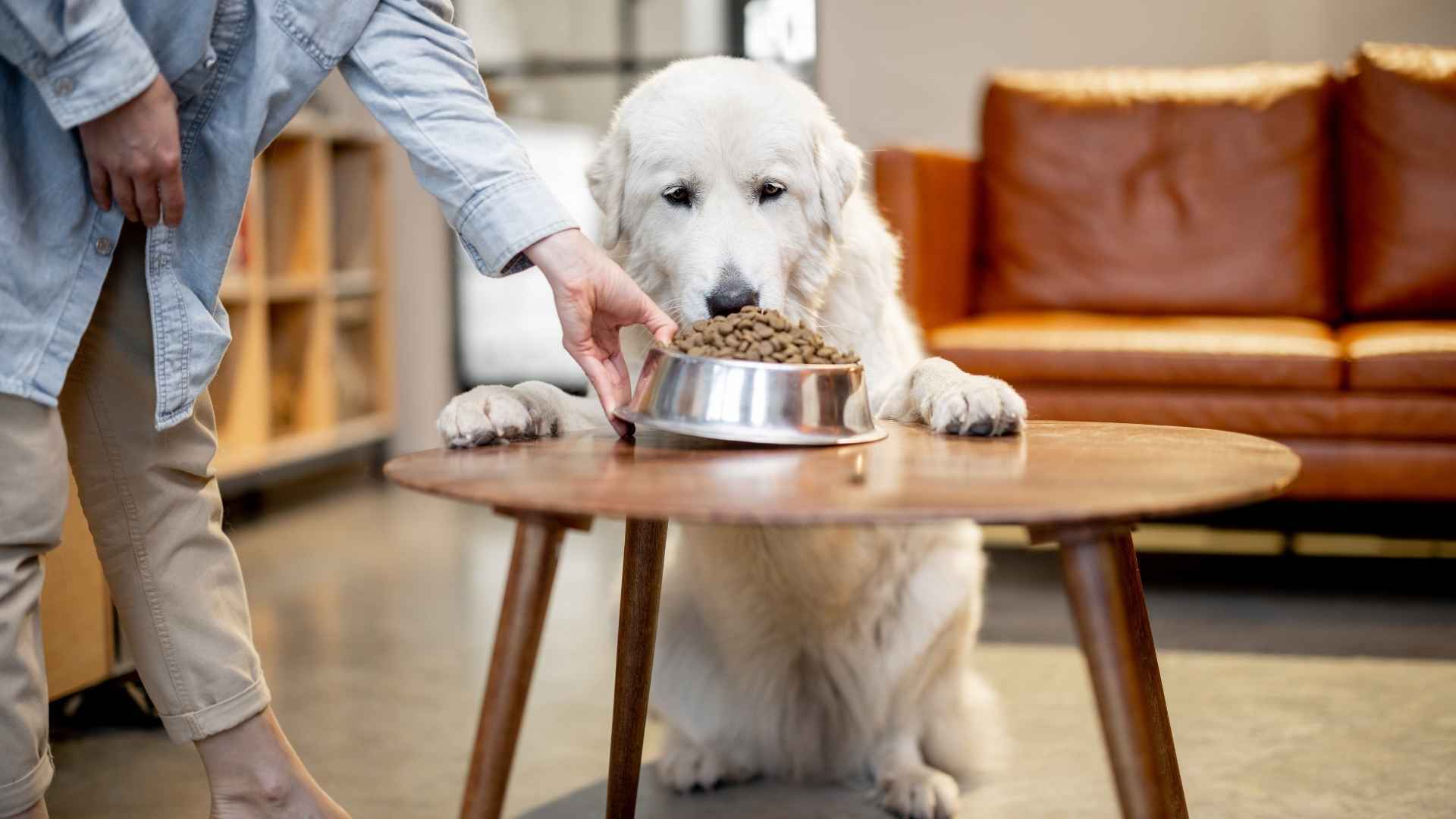Let’s be honest—picky eaters, whether toddlers or terriers, are exhausting. For dog parents, nothing is more frustrating than spending money on top-tier kibble only for your pup to sniff it like a prank and walk away. That’s where easygoing eater breeds come in to save your sanity (and your pet food budget).
These dogs? They’re not dramatic about dinner. No theatrics, no “I only eat if it’s hand-fed with baby carrots” energy—just solid, reliable, joyful mealtime enthusiasm. They’re the types who greet food like it’s their love language. And honestly? We love to see it.
Whether you’re a first-time dog parent or a seasoned pup pro, having a dog that isn’t food-fussy makes life so much simpler. You can switch up proteins, try new treats, and even do the occasional DIY dinner without dealing with side-eye or starvation protests.
The breeds we’re highlighting here aren’t just known for their good appetites—they’re also gentle, friendly, and full of that warm, waggy vibe that makes them easy to love and live with. They’re the mealtime MVPs you didn’t know you needed.
So, if you’re craving a canine companion who’s chill about chow and won’t send you into a spiral over kibble, this list is your new best friend. Let’s dig in—pun very much intended.
Easygoing Eater Dog Breeds
Not every dog comes with diva demands at dinnertime. These breeds? Total foodies. They eat with gusto, adapt quickly to new diets, and don’t turn their snouts up unless something’s genuinely off. Say goodbye to drama and hello to bowls licked clean.
1. Labrador Retriever
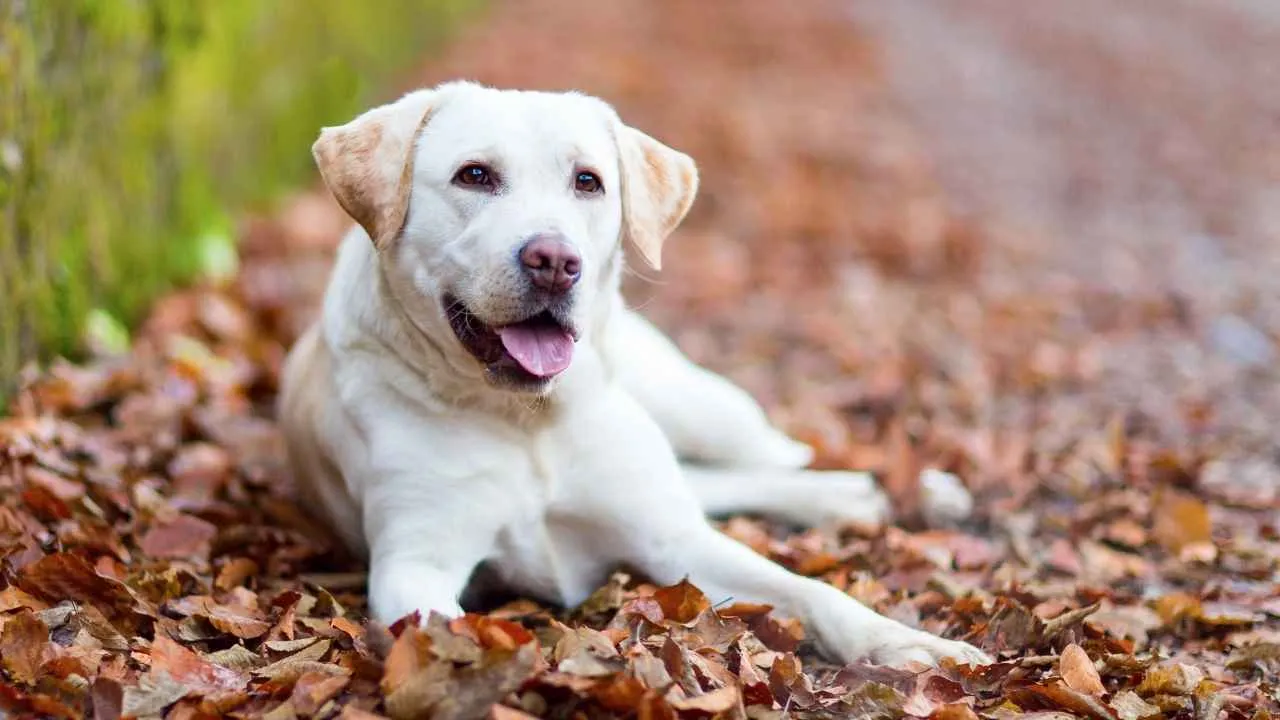
Fact: If Labradors had a dating profile, their bio would say “Food = yes.” These dogs are notorious for their love of eating, and while that might mean keeping a close eye on portion sizes, it also makes them an absolute dream at mealtime.
Labs will eat anything—from gourmet kibble to that single Cheerio you dropped under the couch three days ago. While that can lead to occasional snacking mishaps (socks are not snacks, friend), it also means no more stress about picky palates.
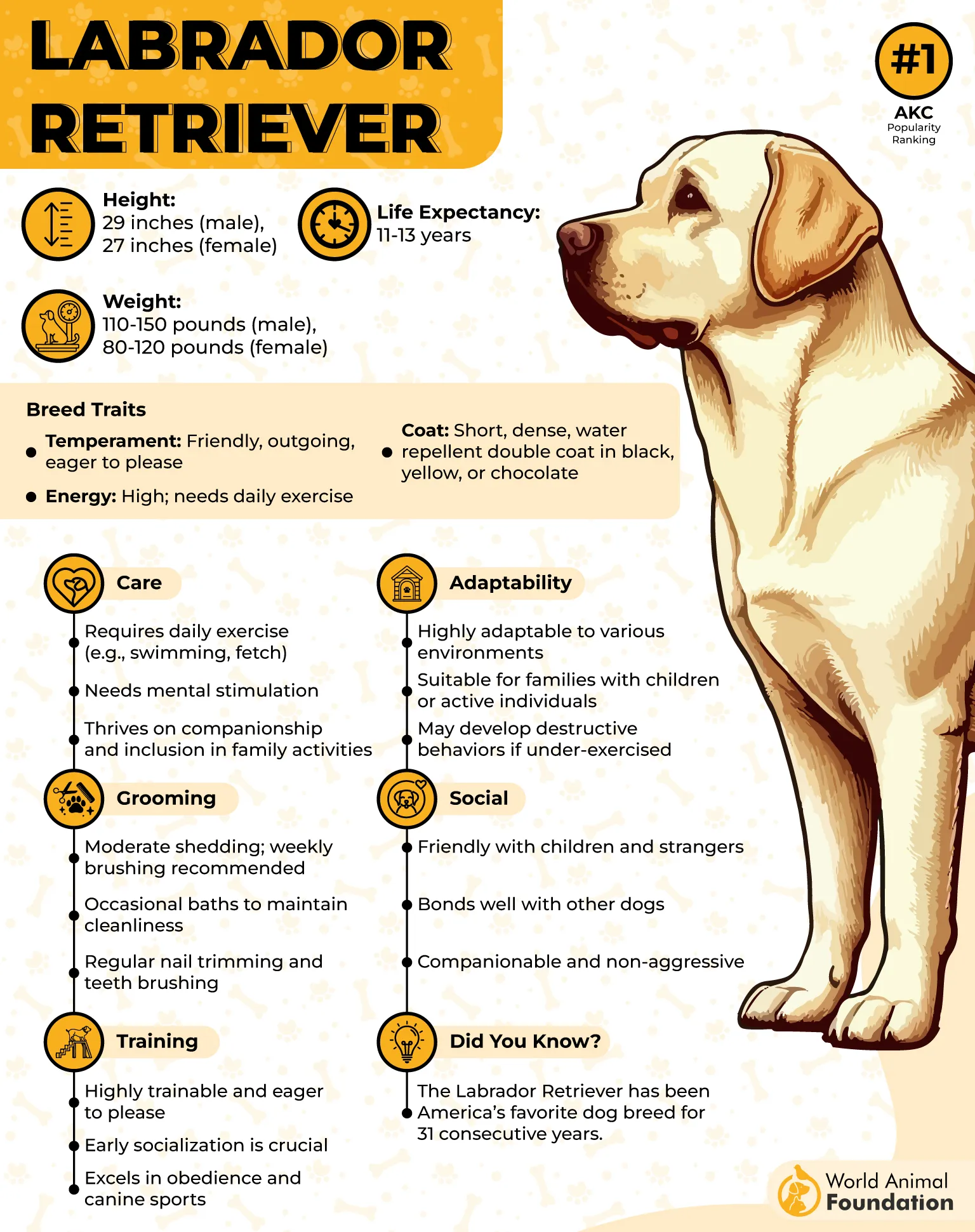
What makes them such great, easygoing eaters is their adaptability. You can change their diet without meltdowns and introduce healthy veggies, and they’ll still act like they’ve just been handed filet mignon. This flexibility is gold for pet parents trying new food plans or dealing with allergies.
Labs have a water-resistant coat that helps keep them clean, which makes them a low-maintenance breed. Overbathing can strip their natural oils, so less is more.

Their enthusiasm is also oddly heartwarming. Watching a Lab eat is like watching someone fully enjoy life’s simple pleasures. Tail wagging, eyes sparkling, bowl spotless—it’s wholesome content every day.
Just be mindful: their “eat now, think later” mentality means you’ll need portion control and maybe a slow-feeder bowl. Obesity is a thing with Labs, but with structure, their love of food works in your favor.
Bottom line: Labs are the golden retrievers of the food world—devoted, excited, and always down for dinner.
2. Bernese Mountain Dog

Big, gentle, and food-motivated? That’s the Bernese Mountain Dog in a (huge) nutshell. Britannica calls them Swiss dogs. They may look like they’re here to climb the Alps, but they’re just here for snacks and cuddles.
They’ve got solid appetites without being obsessive, making them one of the most balanced, easy eaters you’ll meet. They enjoy their food, approach it with calm excitement, and typically don’t fuss about what’s in the bowl—whether it’s chicken, salmon, or a healthy grain blend.
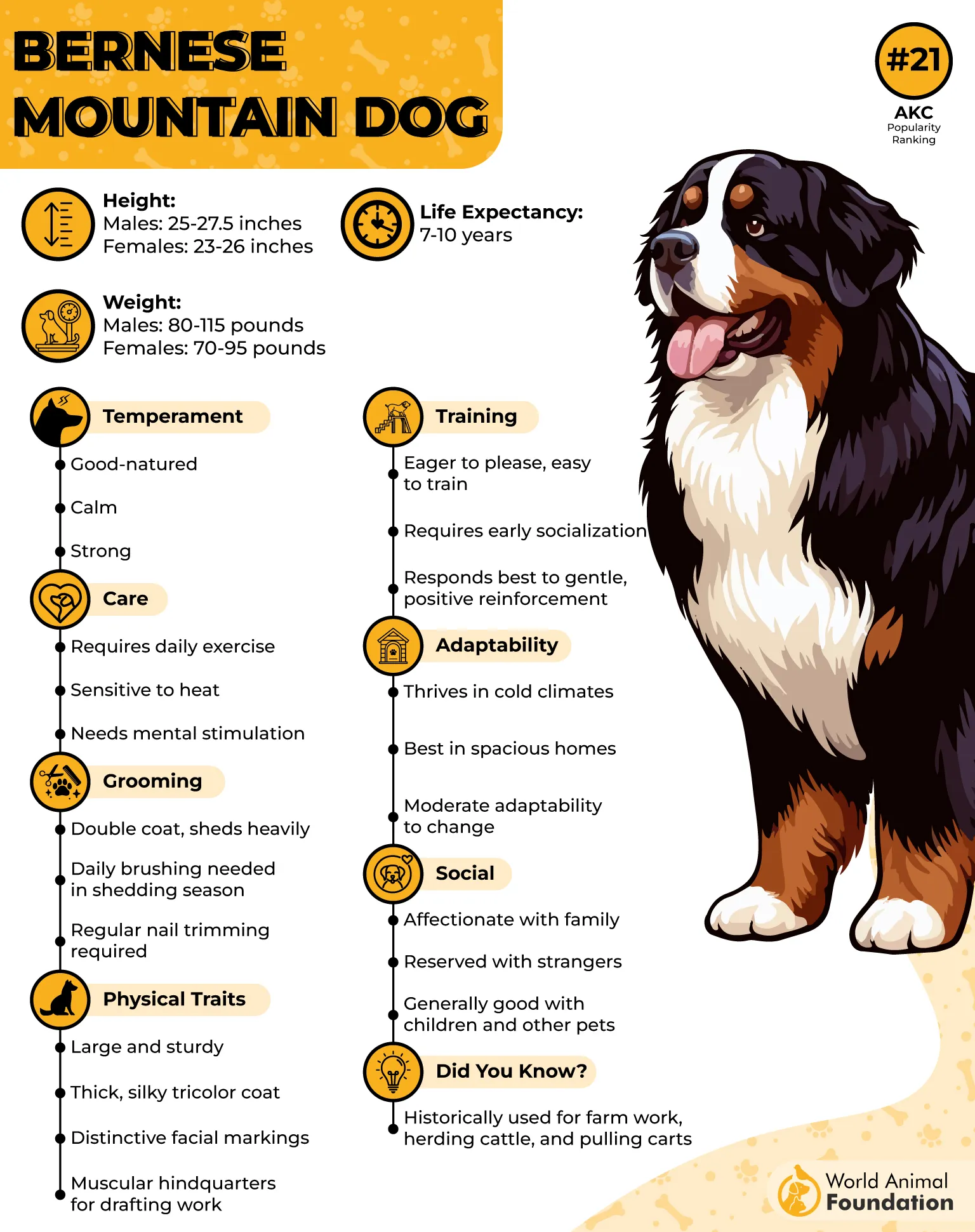
Berners also thrive on routine. Feed them at the exact times daily, and you’ll have a dog that anticipates mealtime like clockwork—no nagging, no pickiness, just pleasant anticipation, and polite scarfing.
Their large size means they need more calories than smaller breeds, but they’re not wild about overeating. Most Bernese dogs self-regulate well if given the right portions, which makes feeding them a chill, drama-free part of your day.
Bonus: They respond beautifully to food-based training.
Treats = motivation.
If you’re teaching new commands, you’ll be amazed at how quickly they learn once treated to their favorite food!
The Bernese is your easygoing gourmet for those who want a giant teddy bear with an equally considerable mealtime charm.
3. Golden Retriever

Golden Retrievers are the ultimate feel-good family dogs, and their eating habits are no exception. These lovable goofballs have a healthy love of food, making them easy to feed and train.
They’re enthusiastic eaters but not overbearing. They enjoy their kibble, appreciate a good treat, and will never shame you for repeating meals (unlike particular cats we know). Their adaptability makes them great candidates for diet changes or unique nutrition plans.
Because they’re people-pleasers to their core, Goldens love routines. Set meal times? Check. Bowl in the same spot? Done. They’ll be there early, tail-wagging, face full of hope. The kind of loyal anticipation makes you feel like a five-star chef, even when it’s just chicken and rice.
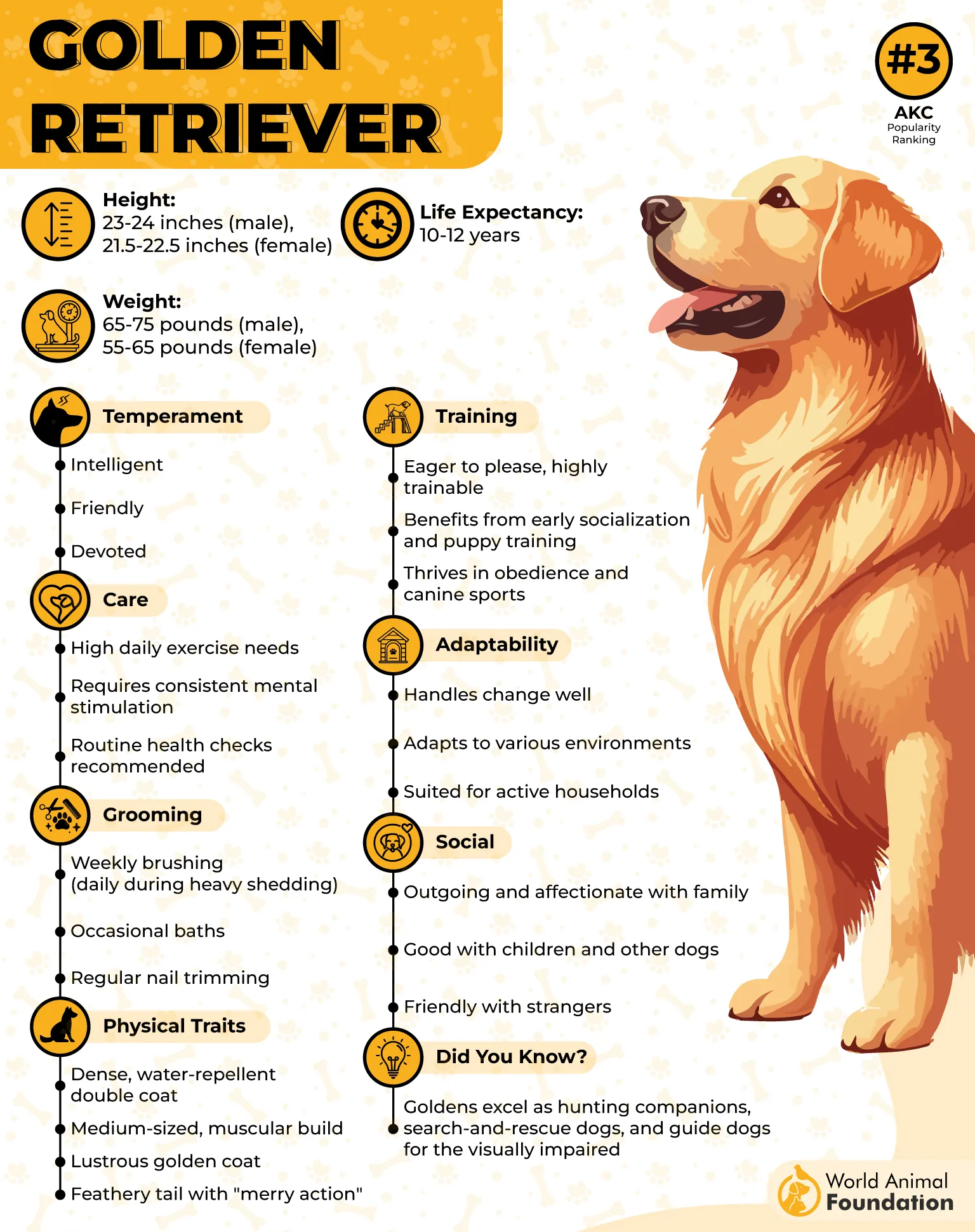
Goldens are also gentle eaters, which is a huge plus. They don’t snatch or gobble frantically—more like politely scarfing with side eyes to ask if seconds are an option. Spoiler: They always think seconds are an option.
Just like with Labs, weight management is essential here. Their happy-go-lucky attitude can easily translate to “yes to every snack ever,” so portion control is key.
Golden Retrievers are basically the brunch friends of the dog world—always down to eat, super friendly, and they’ll never judge your food choices.
4. English Springer Spaniel
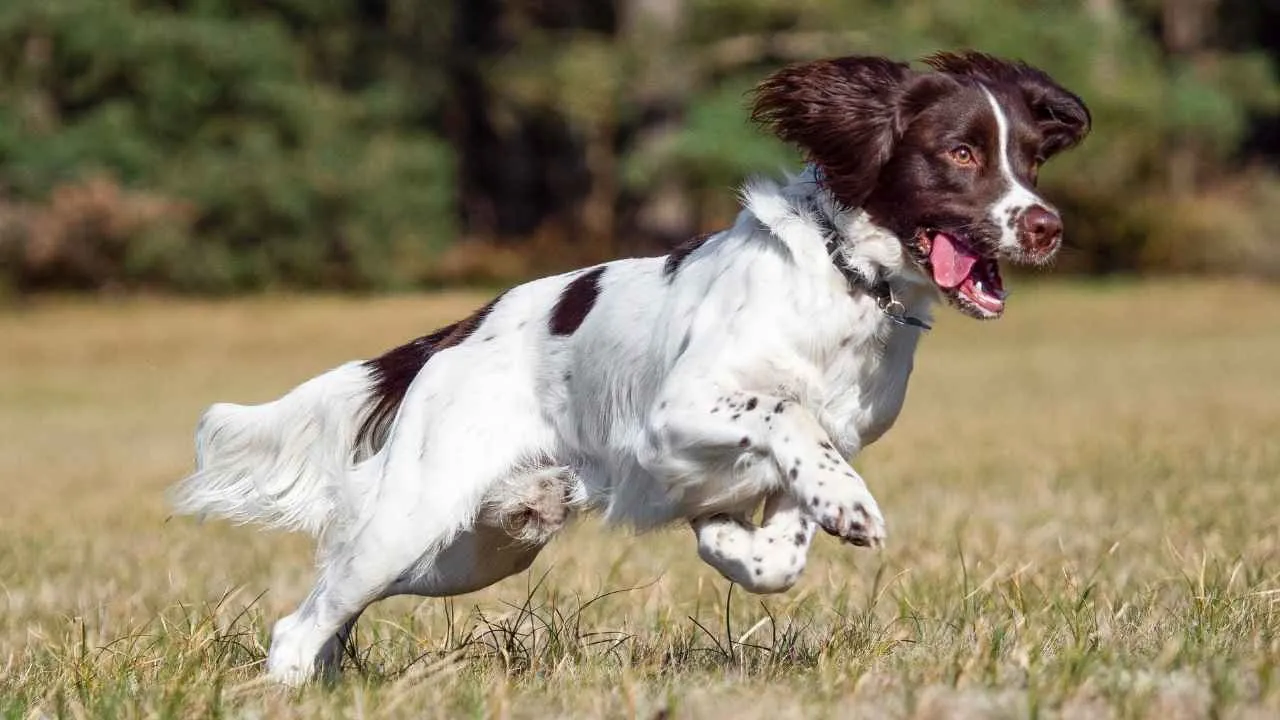
English Springer Spaniels are like the outdoorsy foodies of the dog world—active, cheerful, and always down for a well-balanced meal after a good romp in the yard. They’ve got that “eat, play, nap, repeat” lifestyle down to an art.
These pups are known for their happy-go-lucky energy, and mealtime fits their rhythm. They eat with enthusiasm but not obsession. Whether it’s premium kibble or a little mix of wet food, they’re just happy something’s in the bowl.
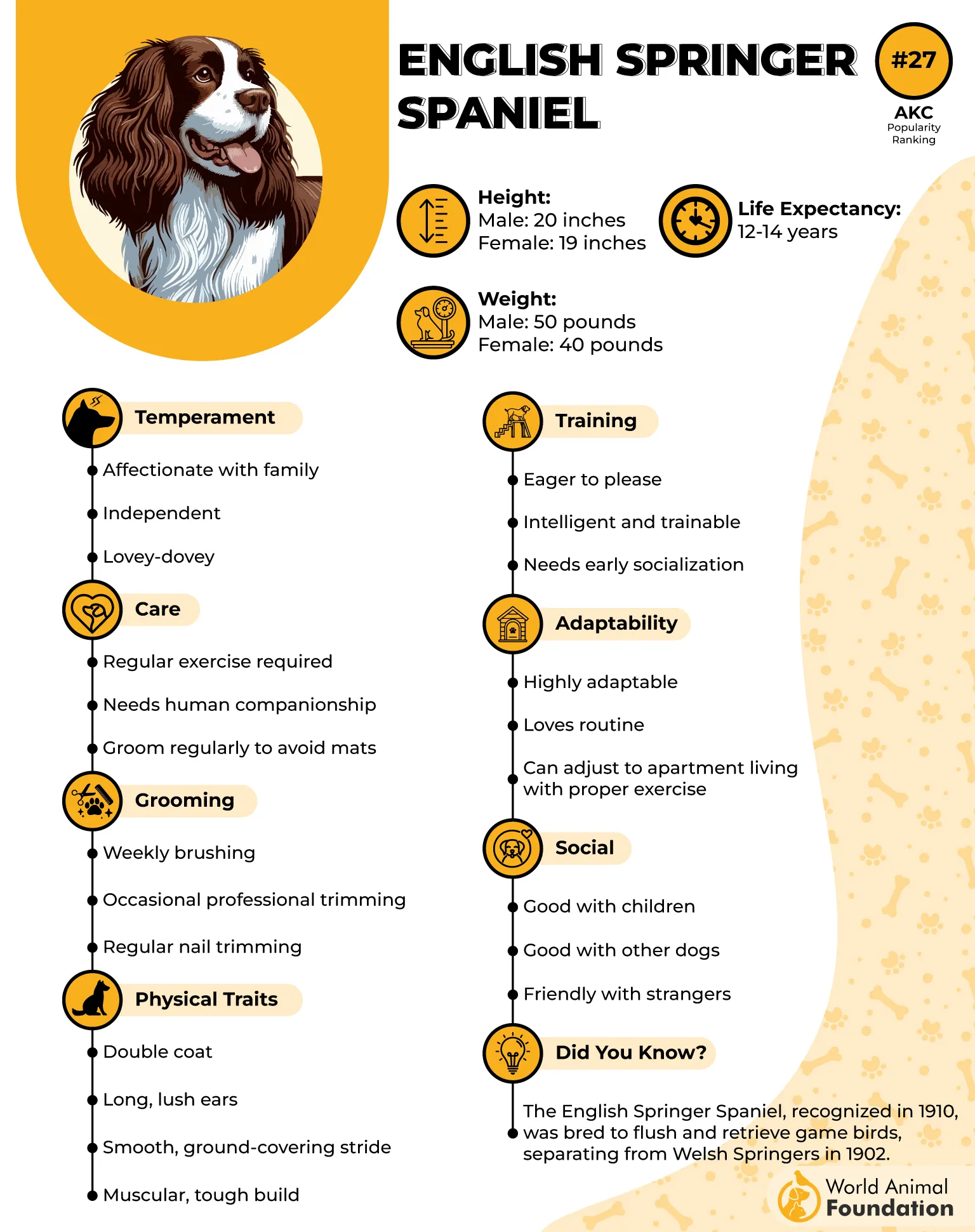
What’s especially great about Springers? They’re flexible and not picky. They usually adjust without fuss if you ever need to switch foods, due to age, sensitivity, or just switching brands. That makes them ideal for households that want options without drama.
Because they’re so motivated by praise and treats, they’re excellent students when it comes to training. Use food rewards, and you’ll have a loyal companion who learns commands quickly and excitedly.
Their medium build also means portion sizes are manageable. They burn a lot of energy without being hard to keep up with, so you’ll find a good balance between calorie intake and activity.
If you’re looking for a cheerful, well-mannered dog who brings the same upbeat vibe to training and mealtimes, the English Springer Spaniel is a total gem.
5. Newfoundland
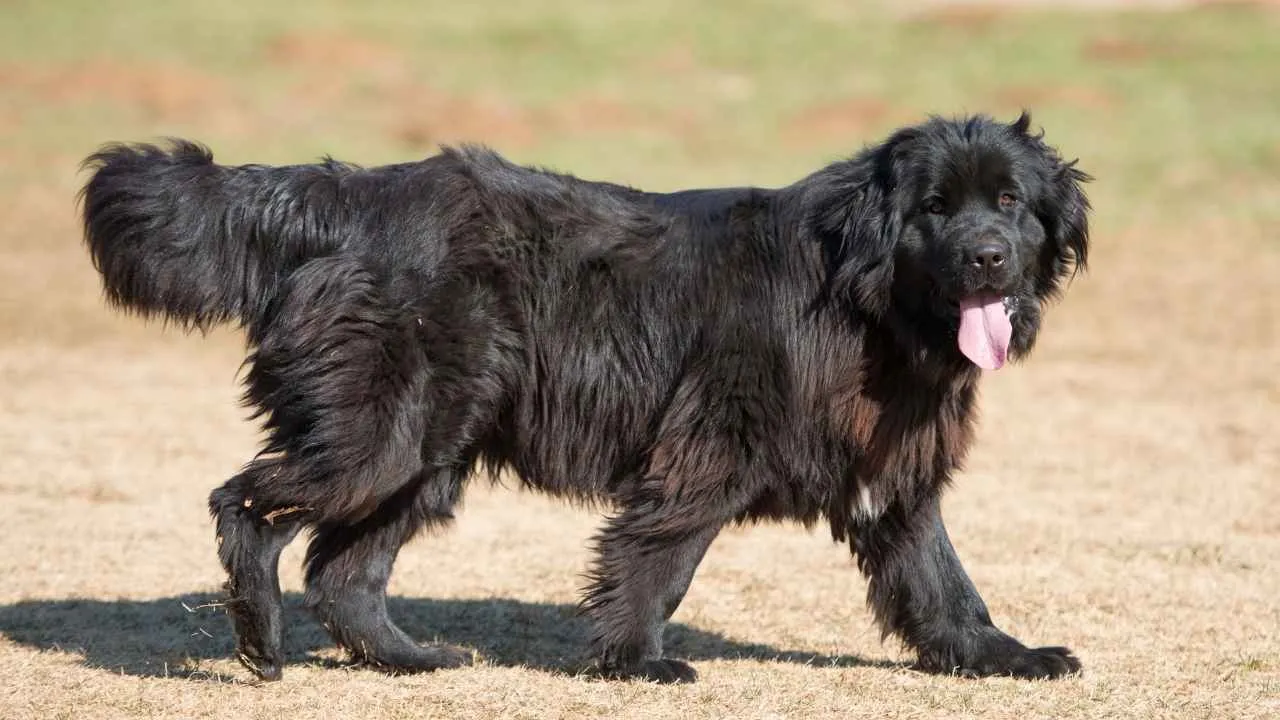
The Newfoundland is a gentle giant who loves food almost as much as they love hugs. And believe us, they love hugs—a lot. These dogs are known for their calm, sweet disposition and appreciation for every bite.
Despite their size (read: couch-sized), the AKC-recognized Newfies are pretty low-key regarding eating habits. They’re not picky, they’re not greedy—they’re chill about chow. You fill the bowl, they say thanks with a slobbery smile, and dig in.
They’re also great for households with kids or other pets because they don’t resource guard or rush their food. It’s all about the slow, steady, respectful mealtime for this majestic breed.
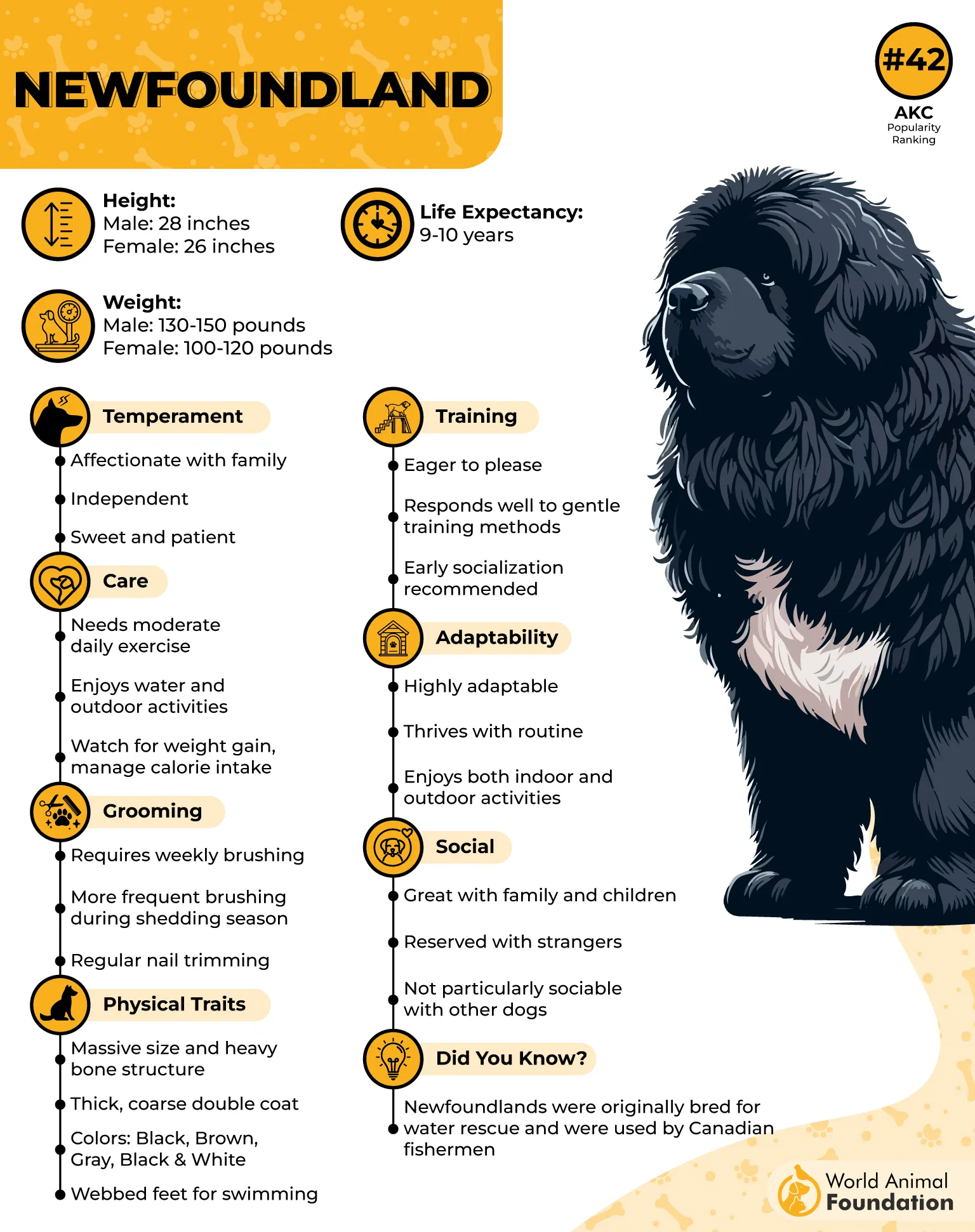
Their calm demeanor means they aren’t going to beg aggressively or whine endlessly for scraps. But fair warning: if food drops, they will Hoover it before you’ve even had a chance to blink. They’re low drama but highly efficient.
Due to their slow growth and large bones, you’ll want to ensure they’re on a sizeable breed-specific diet to support their joints and health. But beyond that, they’re a dream to feed.
If you’re into gentle giants with gourmet grace, the Newfoundland is the food-loving teddy bear you never knew you needed.
6. Beagle

If dogs had food-related astrological signs, Beagles would be total Tauruses—loyal, grounded, and obsessed with snacks. These little hounds have a big appetite and a nose that knows when it’s mealtime (or when it’s almost mealtime).
Beagles are famously food-driven, which makes them incredible for training. Just the crinkle of a treat bag is enough to get them sitting, staying, or launching into a routine of tricks they learned five years ago. They’re opportunistic—but in the most charming way.
Their short, dense, low-oil coat repels dirt reasonably well and doesn’t smell much. Just a few baths
are required to keep them clean.
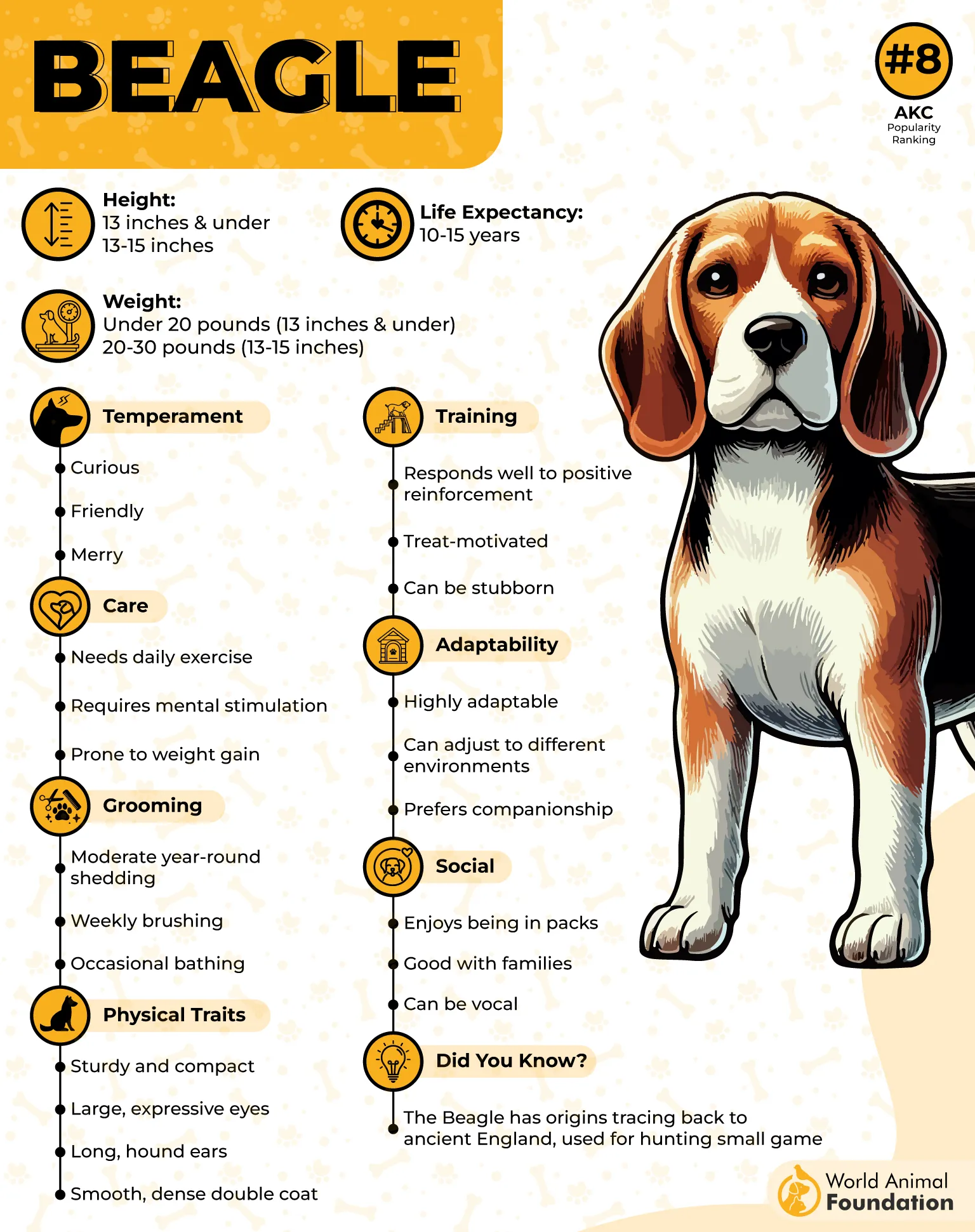
They’re also not picky. Give them kibble, raw veggies, treats, or even the invisible crumbs from the kitchen floor—they’ll eat it all with gusto. Ensure your trash cans are secure because a Beagle’s nose is its secret weapon.
The one thing to watch is portion control.
Their food enthusiasm can lead to overeating if left unchecked, as per PetMD. Measured meals and puzzle feeders can help slow things down and keep them mentally stimulated.
They’re compact but sturdy, and their metabolism pairs well with regular walks. If you keep them moving, they can enjoy their food without packing extra pounds.
Beagles are all about joyful eating. They make you feel like every meal is a feast, and who doesn’t want that kind of positivity around?
7. Chesapeake Bay Retriever
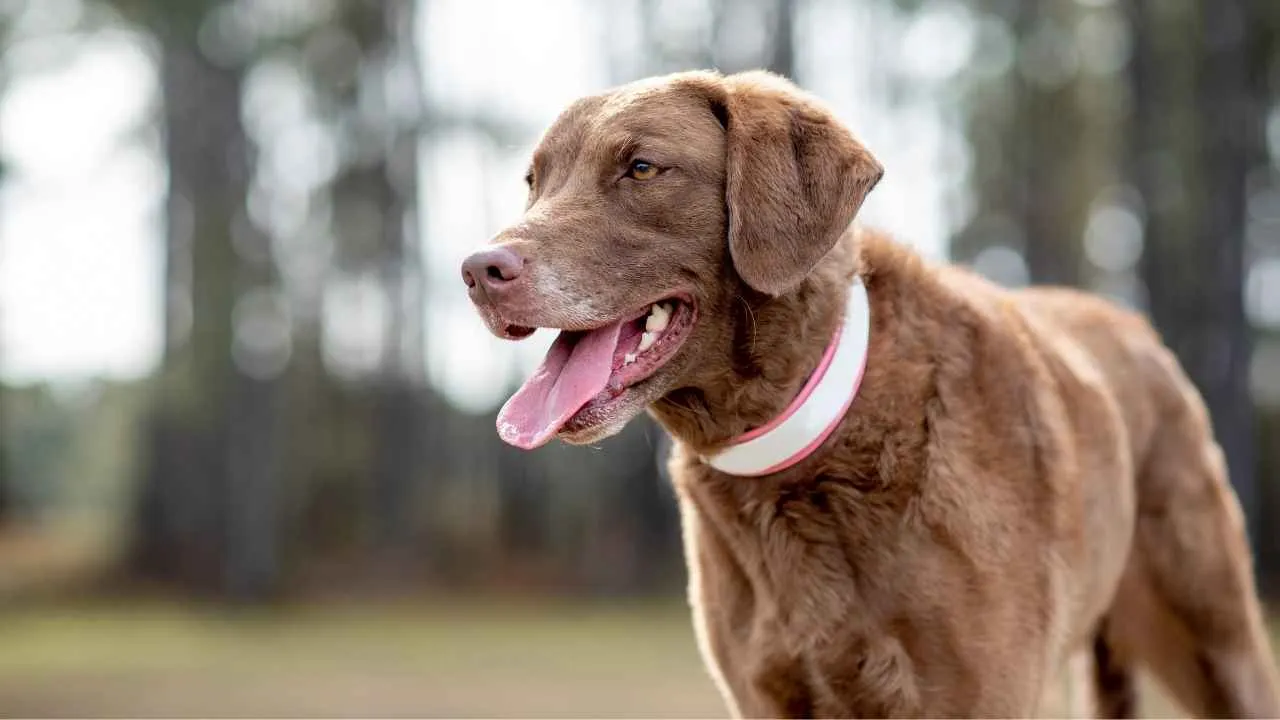
The Chesapeake Bay Retriever, or “Chessie” to those in the know, is the gritty, get-it-done cousin of the Golden Retriever—less glam, more game, and down for dinner. These dogs are built for action, but they’re delightfully easy to please when mealtime rolls around.
Unlike some performance-driven breeds that can be high-strung or picky, Chessies bring a calm, confident energy to eating. They enjoy their food, approach it with focus, and don’t throw shade if dinner is more “practical” than “Pinterest.”
One thing that sets them apart? Their strong stomachs. Chesapeake Bay Retrievers tend to handle dietary transitions like champs, making them an excellent choice for pet parents who want flexibility in food options, from dry kibble to high-protein raw blends.
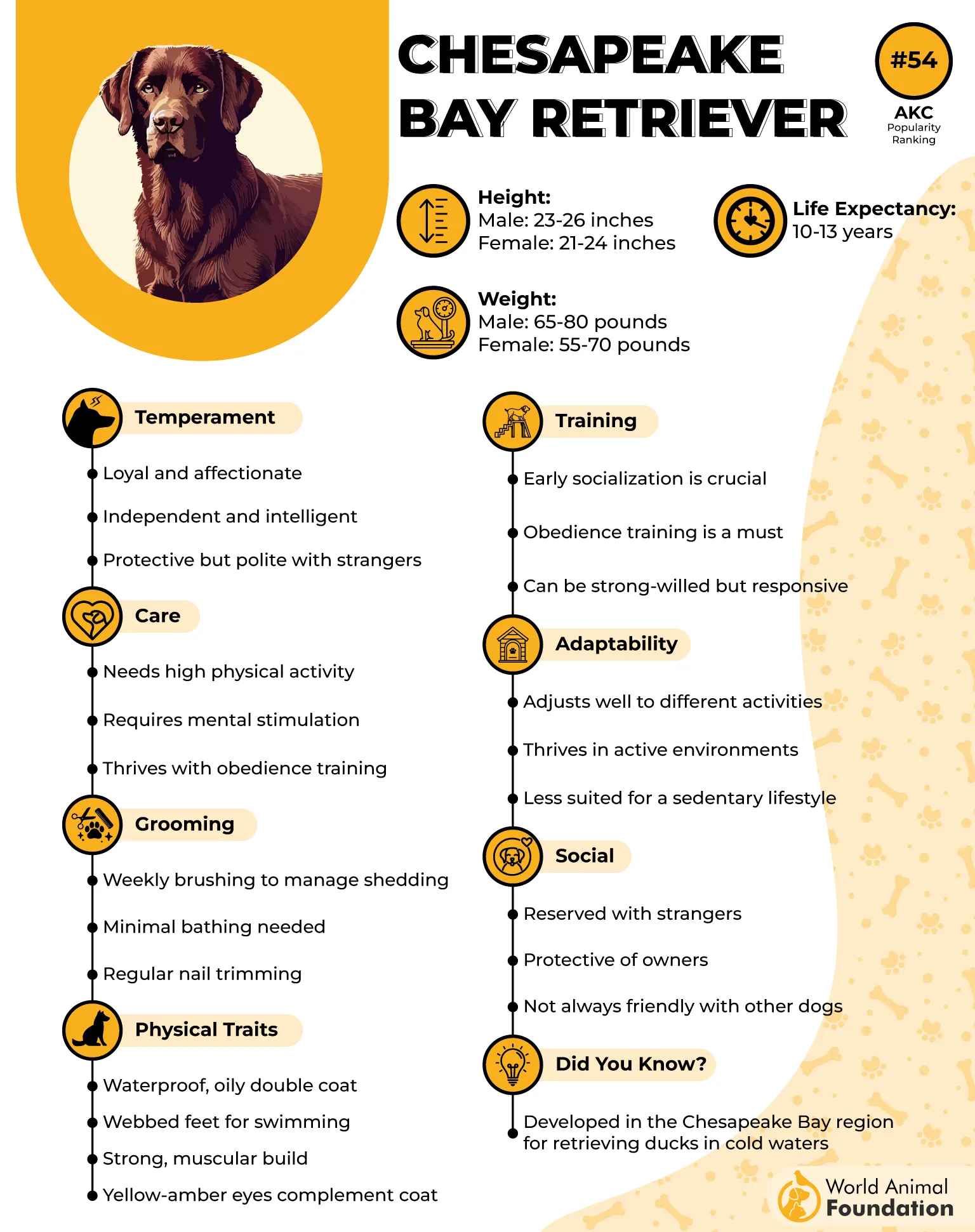
And because they’re so intelligent and food-motivated, training with treats is a breeze. Just be prepared for a little stubborn flair—they’re independent thinkers, but with the right snack in hand, you’ve got their full attention.
They have a muscular, athletic build, so their food should match their energy output. Think quality fuel, not filler. And yes, they’ll let you know if dinner’s late—but in a chill, “I’ll wait… but I’m watching” kind of way.
The Chessie is a rugged, reliable winner for those who want a dog capable in the field and easy at the food bowl.
8. Bloodhound
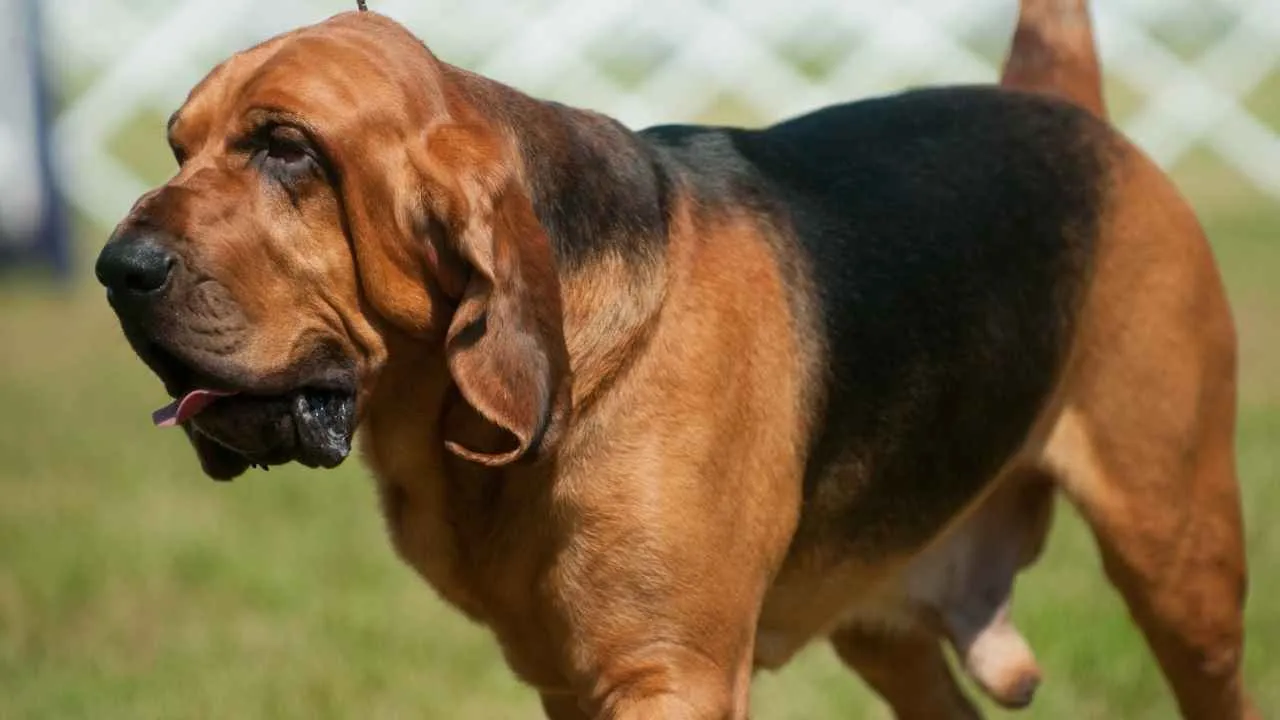
The Bloodhound may look like an old soul who’s seen some things—and sniffed them, too—but they’re laid-back legends regarding food. These dogs are more about the journey than the destination, but make time for a good meal.
Their love of food is accurate, and their super-sniffer nose makes them especially food-aware. A Bloodhound will find it if you drop something edible (or even vaguely edible). And possibly frame you for it with those sorrowful eyes.
They’re not picky eaters, which is a gift.
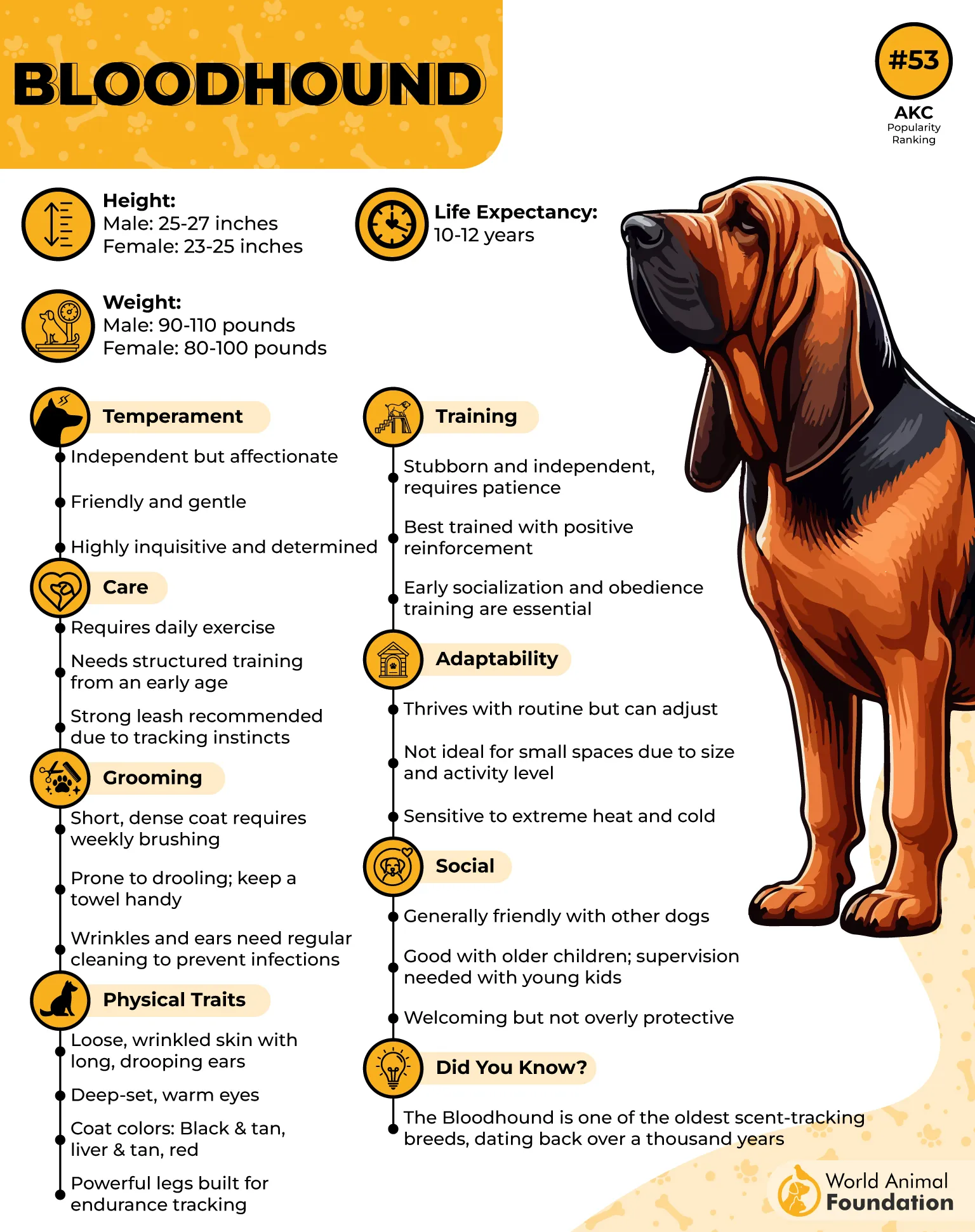
You won’t have to negotiate with a Bloodhound over dinner—they’ll eat what’s given and probably lick the bowl into next week. WebMD praises them for their gentle nature. Their calm demeanor also means they’re not pushy or aggressive at mealtime—just patient and perpetually hungry.
Bloodhounds benefit from measured portions since they’re prone to bloating due to their deep chests. Slow-feeder bowls and calm feeding environments help reduce risk and keep them feeling good.
They’re large, droopy, and impossibly charming. Their floppy faces may look melancholic, but mealtime is pure joy. And you’ll get a tail wag as a thank you.
The Bloodhound delivers on every level if you want a mellow, soulful companion with a big heart and an even more enormous appetite.
9. Cavalier King Charles Spaniel

If dog breeds had Hogwarts houses, Cavalier King Charles Spaniels would be Hufflepuffs: loyal, sweet, and down for snacks at any hour. These pint-sized royals have gentle manners and equally lovely appetites.
Cavaliers are enthusiastic eaters without being demanding. They’re not going to throw a tantrum if dinner is five minutes late, but they will give you big, expressive eyes that say, “Just a friendly reminder: I exist, and I love food.”
These gentle dogs are a dream for pet parents who don’t want to deal with food drama. You can introduce new proteins, switch between dry and wet food, or even try supplements, and most Cavaliers will roll with it like they’ve been waiting for you to figure it out.
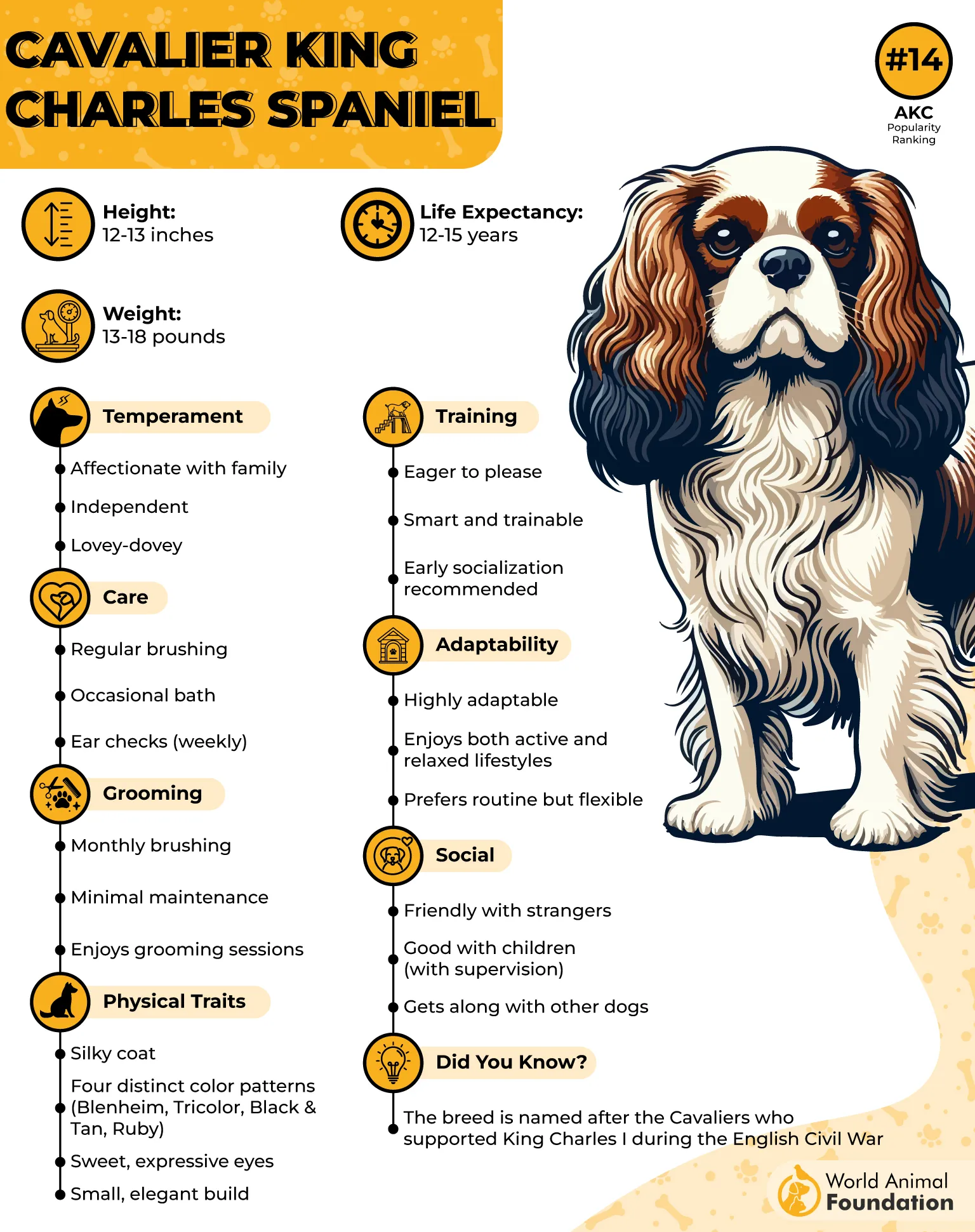
Because of their affectionate nature, they thrive on routine and love sharing space; mealtimes become a moment of connection. Sit down with them, talk to them, give them a little pet while they eat—they eat it up emotionally and literally.
They’re small, so portion control matters, especially since Cavaliers are prone to heart issues and weight gain. But their dainty size also means food lasts longer, and you get more value from every treat bag.
They’re not just easygoing eaters—they’re polite, appreciative little foodies with royal charm. And yes, they will convince guests that they haven’t eaten in weeks.
10. Saint Bernard
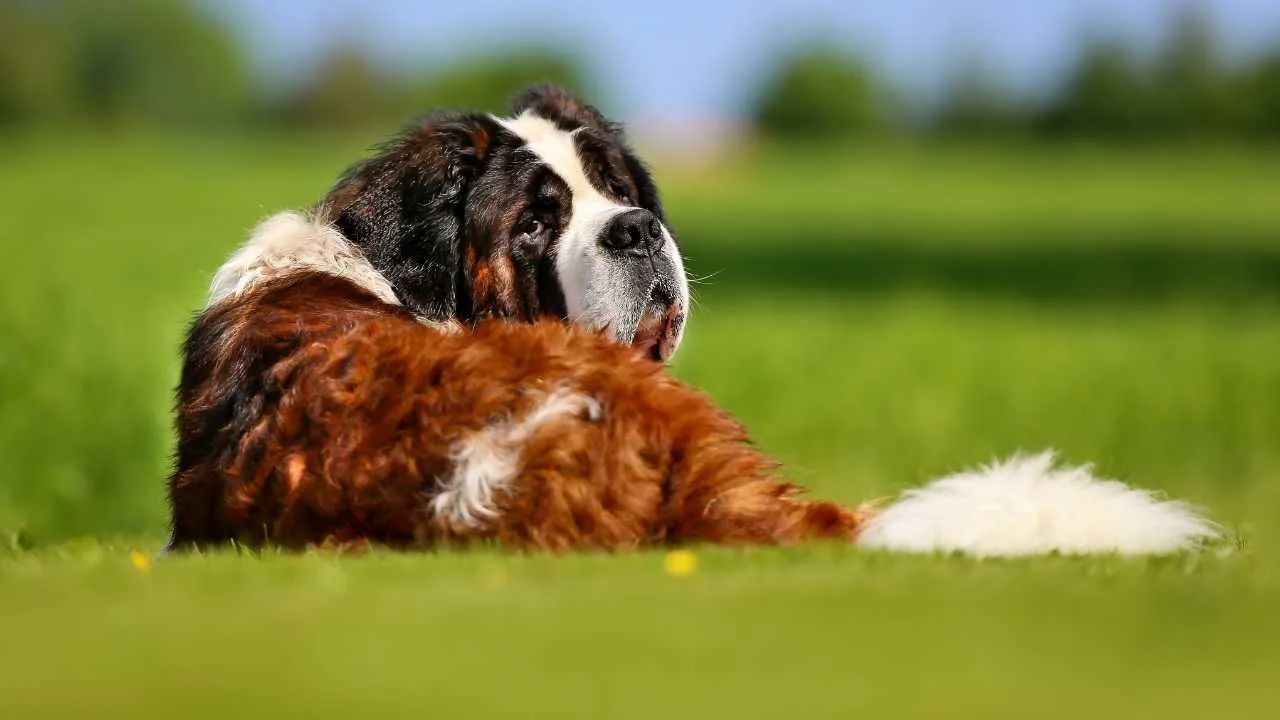
Big dog = big appetite, right? Yes and no. Saint Bernards have massive frames, but their eating habits are surprisingly… chill. Omlet claims they’re gentle giants who appreciate a solid meal but don’t go full beast mode over a bowl.
These lap dogs approach mealtime as they approach everything else: slowly, calmly, and with great purpose. They’re not picky, they’re not sensitive, and they’re not going to turn into food snobs. If it smells good, it’s good enough.

They require high-quality, nutrient-dense food to support their size and joint health. But once you’ve found a balanced diet, they’ll stick with it happily.
Bonus: They’re not high-energy, so they don’t burn through calories like crazy.
Because of their deep chests, they’re another breed prone to bloat. So, feed them smaller meals throughout the day, use raised bowls if needed, and avoid too much post-meal activity. They’re low-key eaters, not lazy gluttons.
They’re focused, respectful, and always seem low-key grateful for the meal. And yes, there will be drool—accept it as part of the Saint experience.
Saint Bernards prove that a dog can be massive and mellow, making them a perfect, easygoing eater for those who prefer calm energy and big cuddles.
Conclusion
Feeding your dog shouldn’t feel like prepping for a gourmet food critic. And with these easygoing eater breeds, it doesn’t have to. They take the stress out of mealtimes and bring back the joy—because nothing beats a clean bowl and a wagging tail.
Whether it’s a snack-happy Beagle, a slow-and-steady Saint Bernard, or a refined Cavalier fondling for chicken and rice, these pups prove that loving food doesn’t have to come with fuss. They’re flexible, appreciative, and refreshingly low-maintenance where it counts.
The Basset Hound, Shih Tzu, Toy Poodle, Boston Terrier, Hairless Chinese Crested, and Italian Greyhound are some other dogs that showcase similar traits!
So, if you’re tired of picky paws at dinnertime and want a dog excited about everything you serve, these easygoing eaters are your kind of crowd.
Now go ahead—fill that bowl. Somebody’s already sitting by it with tail-wagging approval.


